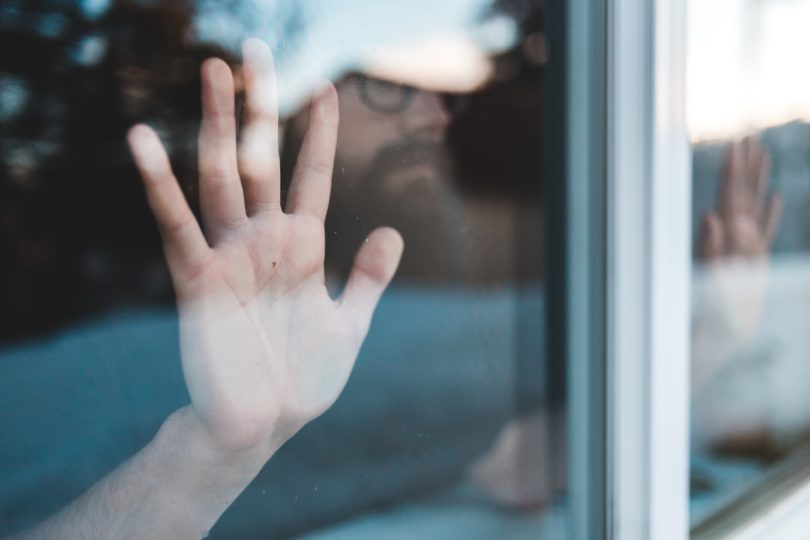With the lockdown of the COVID-19 pandemic now extending into 2021 and likely for the long-term part of the year, it might be time to accept that things won’t be going ‘back to normal’ anytime soon. Lockdown ahs become almost enshrined now as part of global law, with most developed nations heading to lockdown the minute cases start to rise even slightly. However, we know for a fact that this is having a massive economic and medical impact on the world, both mentally and physically. It isn’t going to get better – every day spent in lockdown is kicking the can further down the road. Now, though, it appears like lockdown has found yet another indirect problem – a lack of creativity.
Indeed, the pandemic has seen many businesses shut down and likely never open their doors again. However, it is also having a huge impact on the ability of people to be creative. Think about it for a moment; our creativity is often informed by the world we interact with. Things we see, do, and take part in otherwise can give us great ideas for solutions to problems, quality writing, or new products and services. Today, with everyone stuck at home, the opportunity to get creative and see solutions from in front of our very eyes is dwindling.
Research into the phenomenon has produced some worrying results, too, as creative thinking is being hampered by a lack of ability to explore. Creative thinking is often improved by simple things like going for a walk, going to the store, getting some exercise, or even reading something. And while being indoors allows for plenty of reading time, it limits our ability to get out there and simply think outside of the box a touch.
The loss of unplanned, spontaneous interaction is also having a huge impact on our ability to be creative, experts believe.
Is this a crisis for the future?
The world funds itself on creativity and on innovation, and being unable to get out there and express ourselves is a major problem. The biggest worry is that this creates a crisis for today and for tomorrow. We lose our ability to be creative today, which is naturally going to hurt the ability for people to earn money and to make a living for themselves.
At the same time, we are going to limit their ability to come up with solutions to problems in the future. Often, we are able to innovate because we see issues in real-time and can come up with solutions as we see the problem unfold. By being stuck indoors and having no real interaction with others, though, finding solutions and being creative has become almost impossible.
This is a major worry, and one that academic research is beginning to pick up more and more links to. While not all interactions bring us innovation, the loss of our ability to simply live our lives as we see fit has led to a stagnation in new ideas. That cannot be a good thing, either now or in the future.

